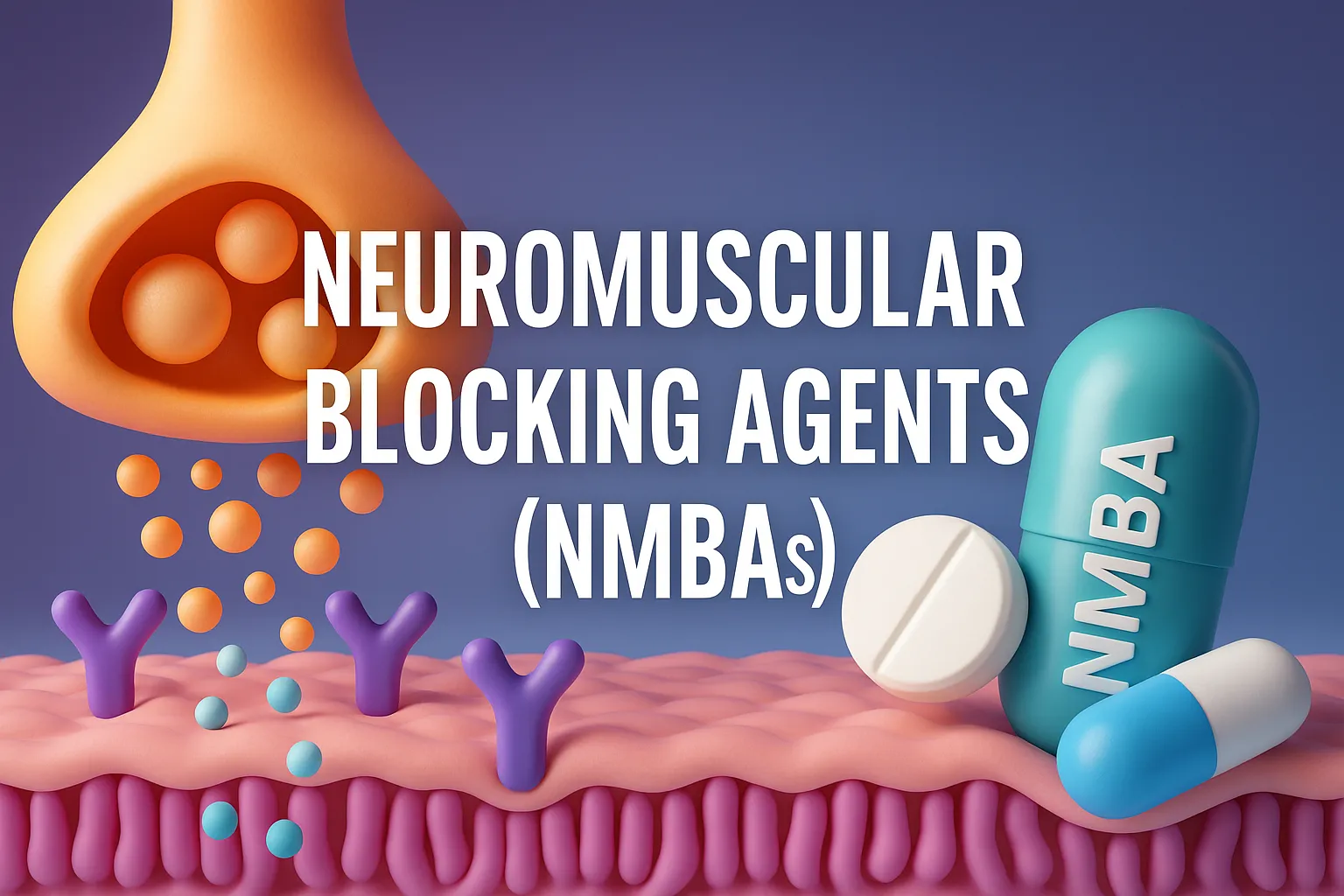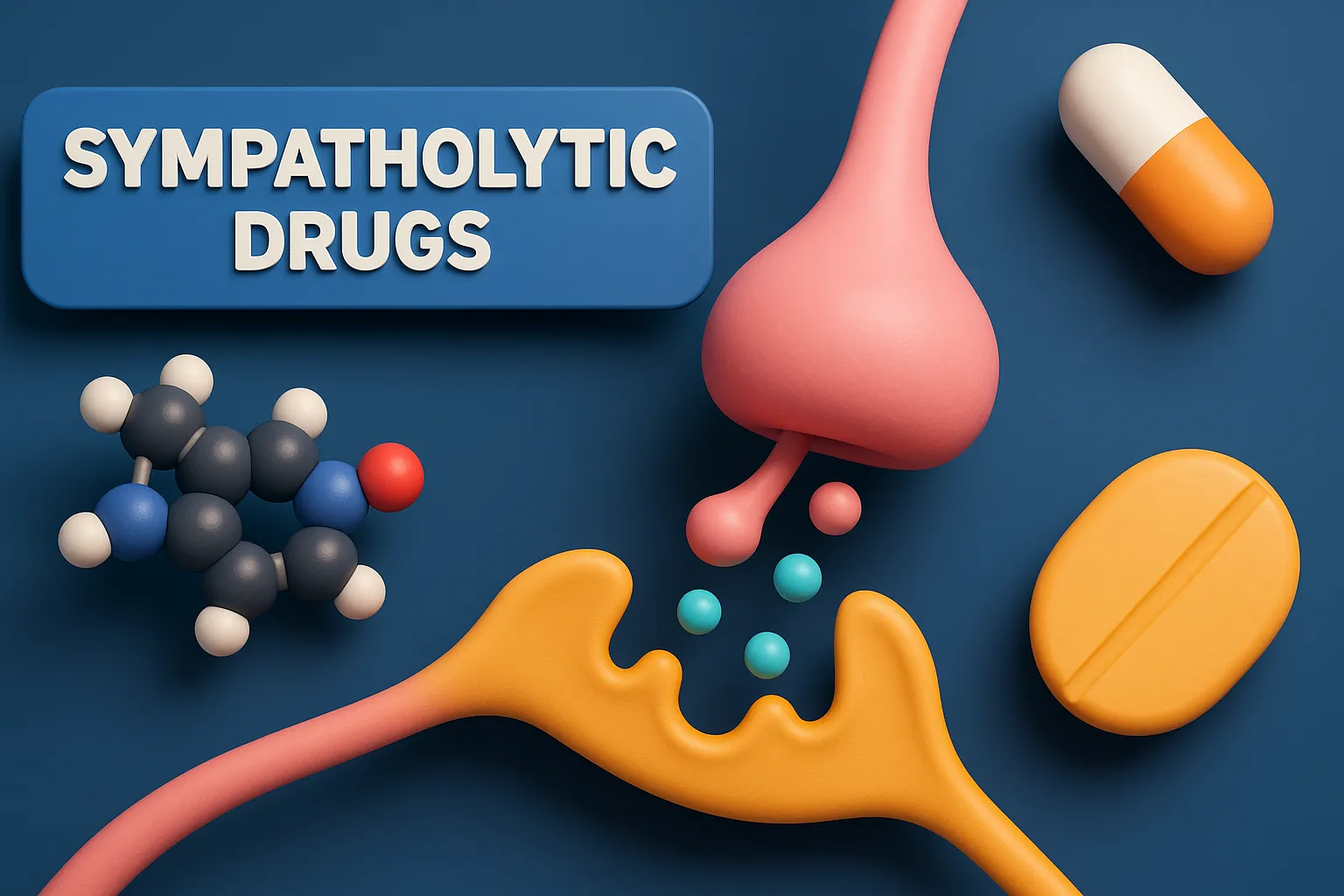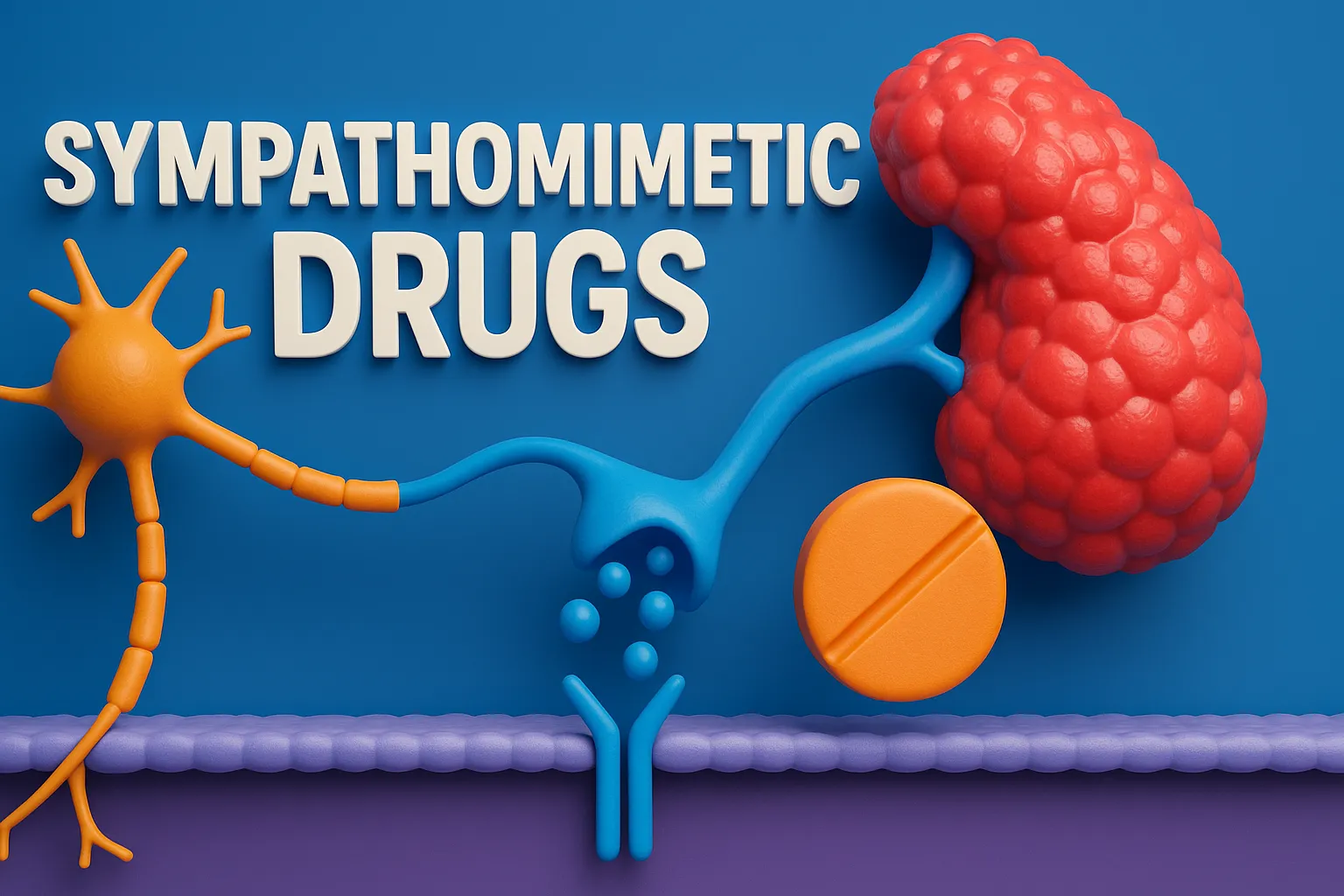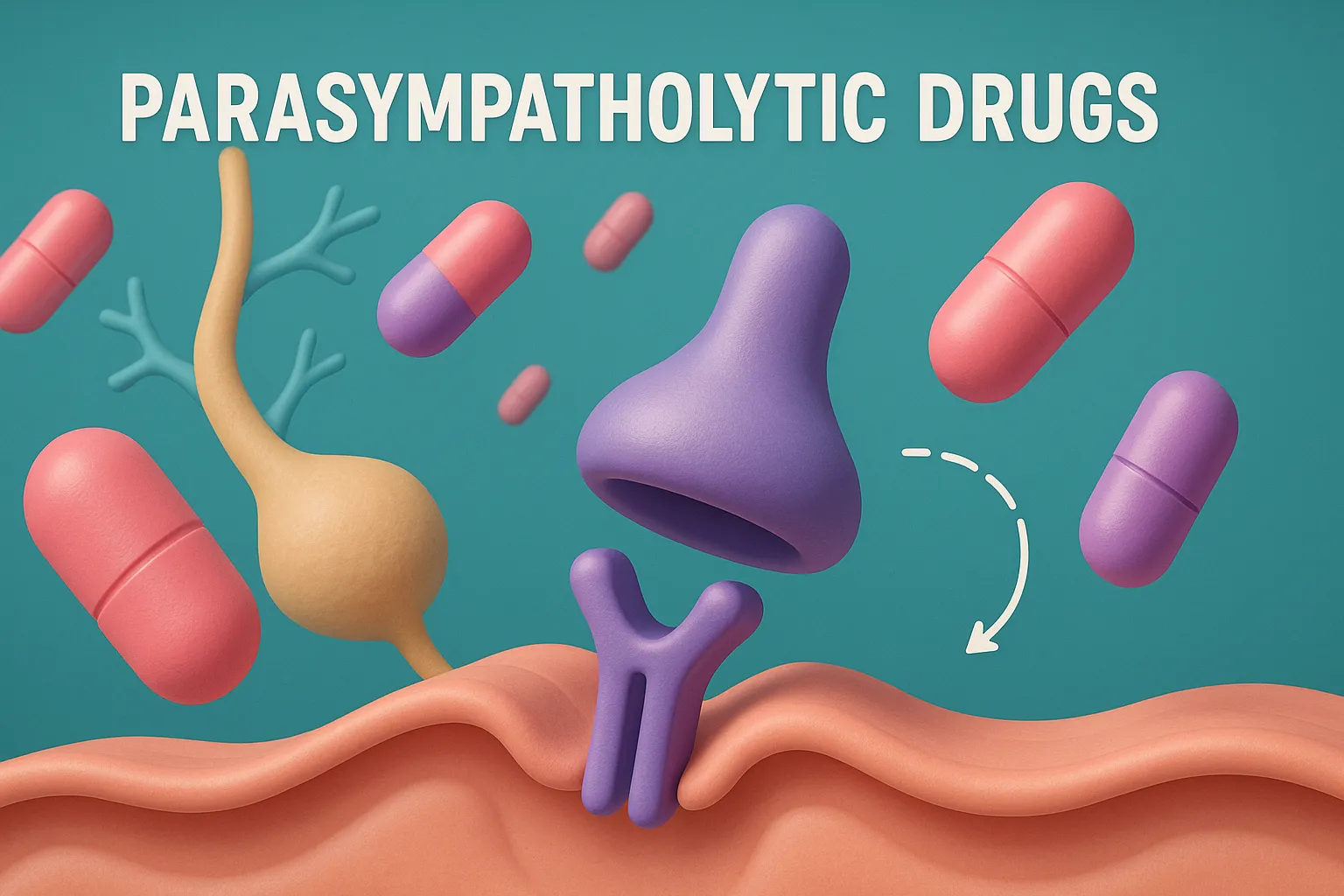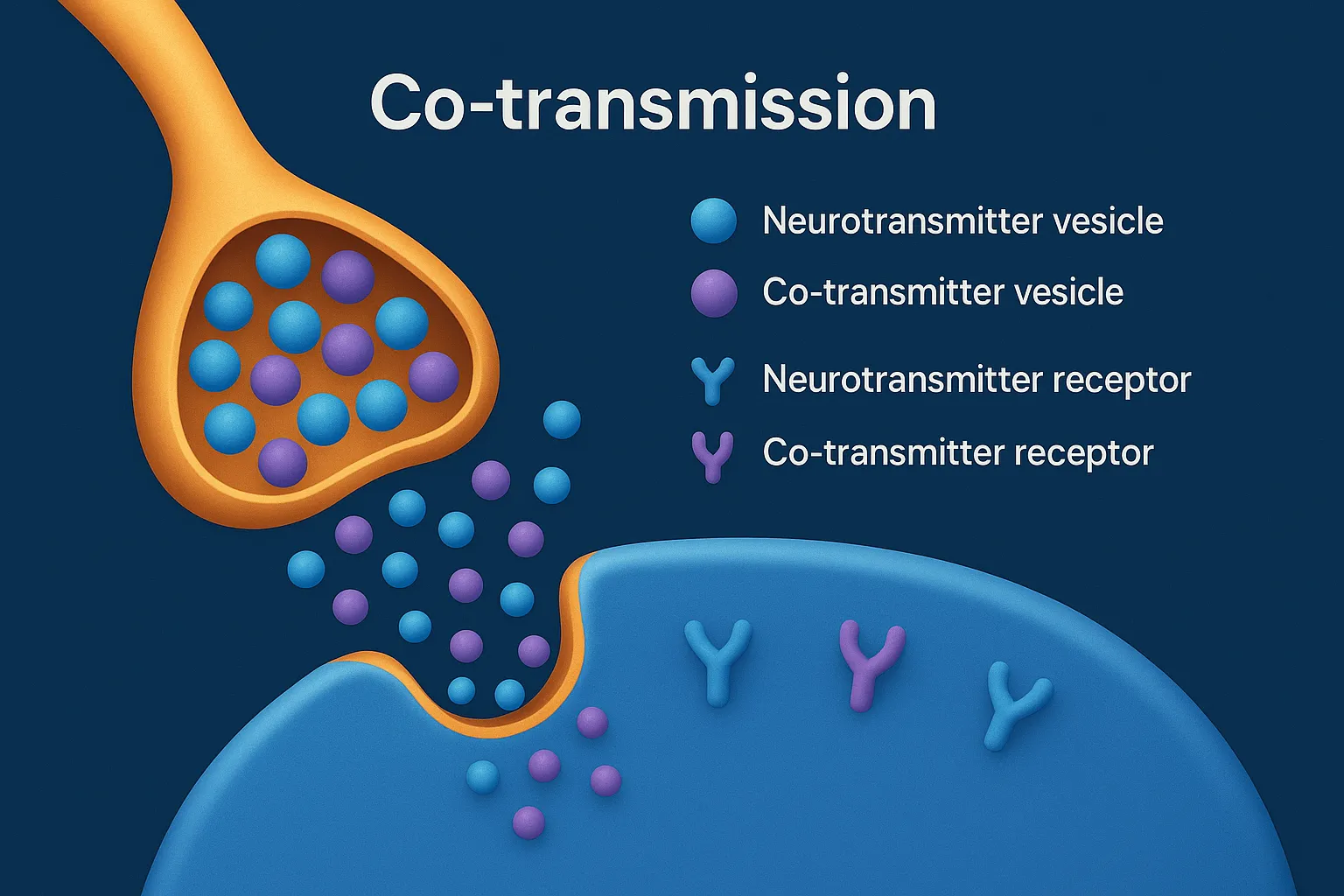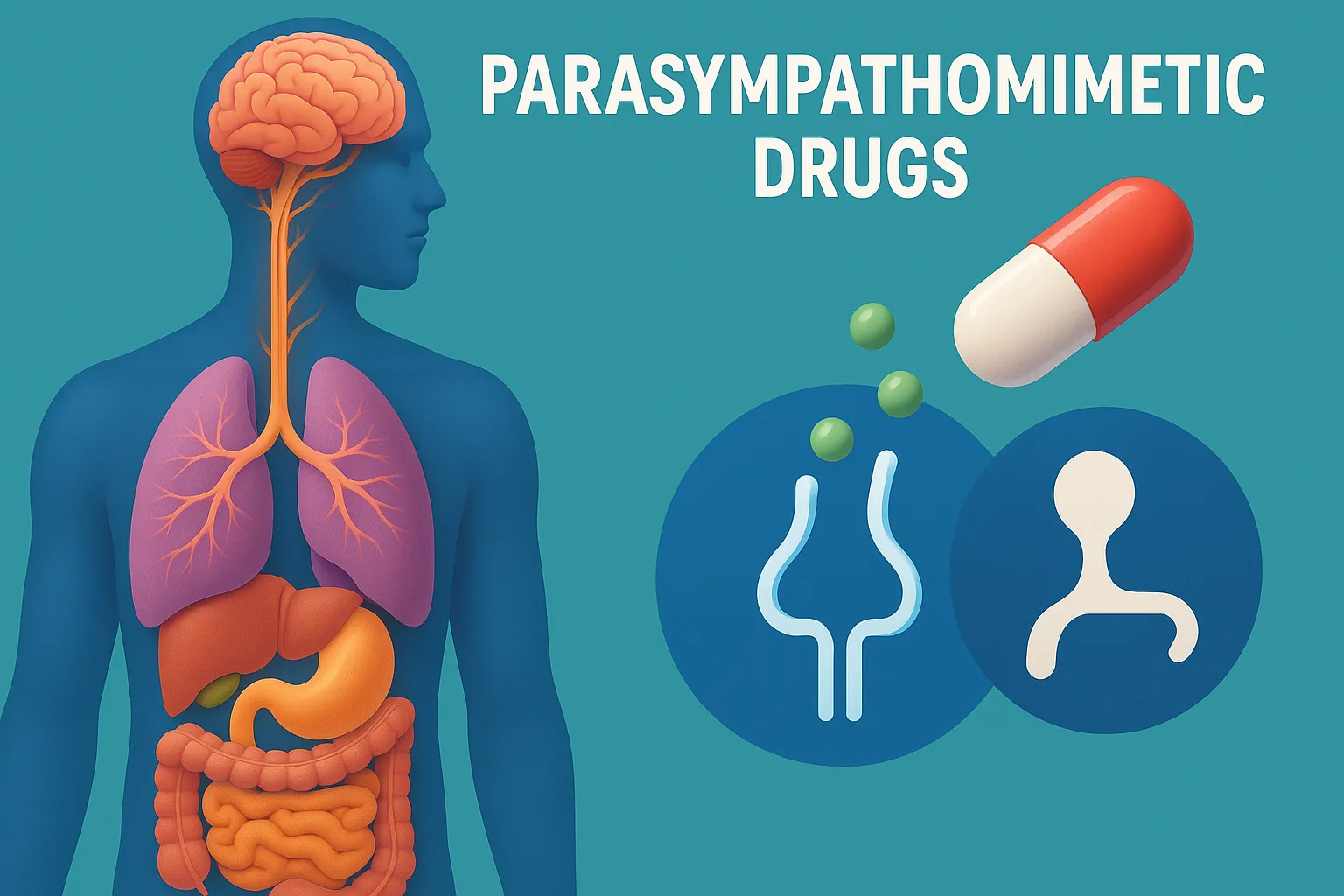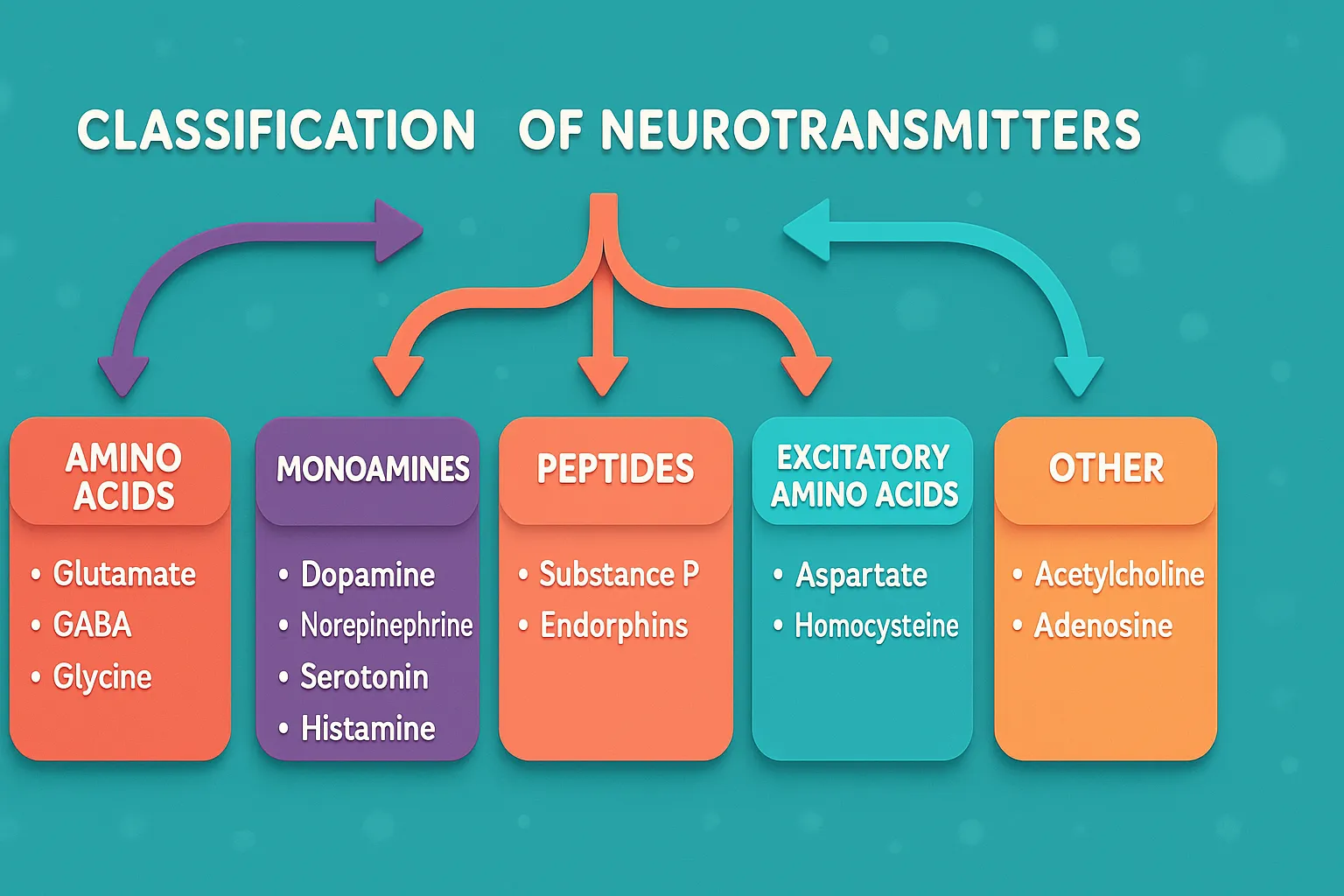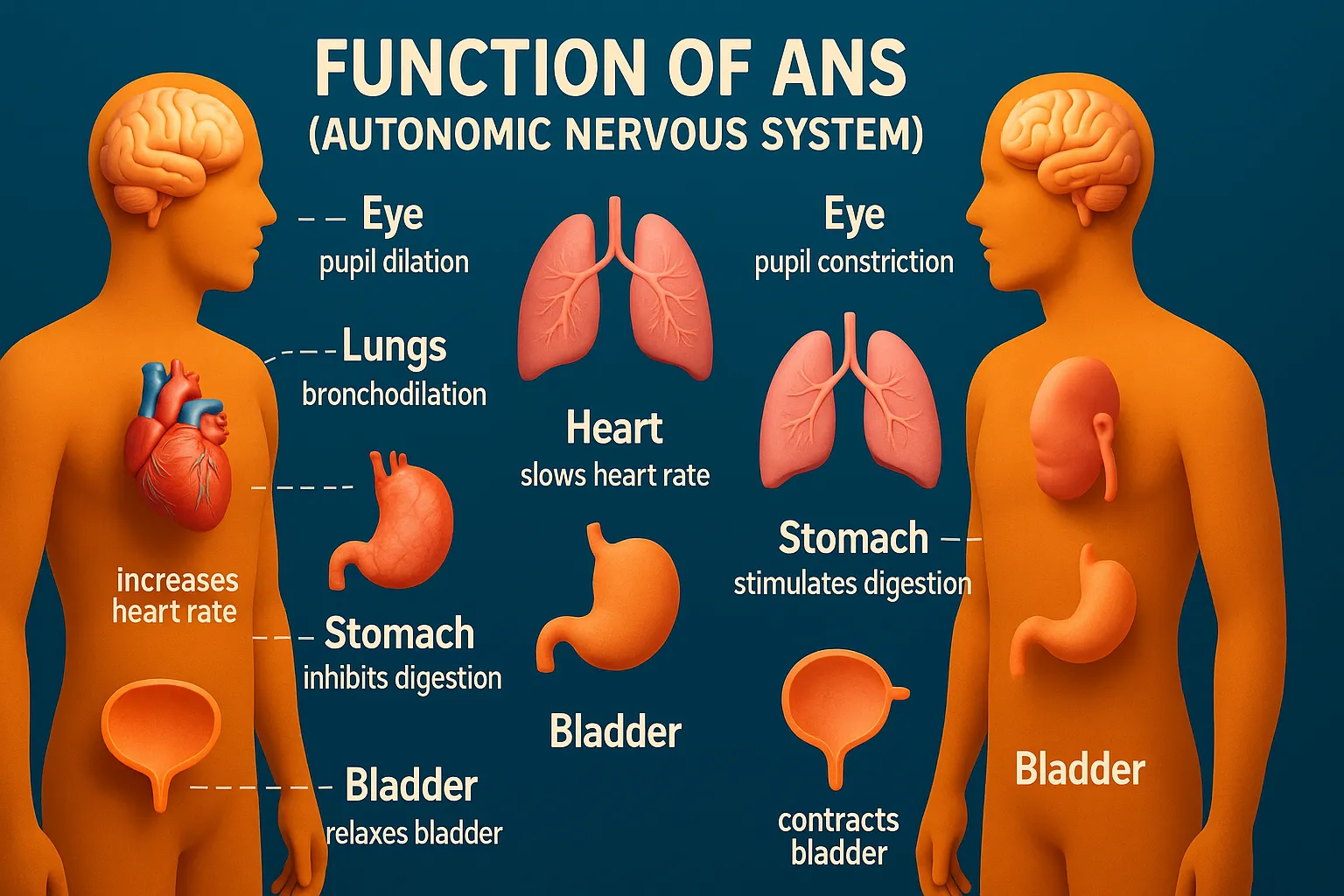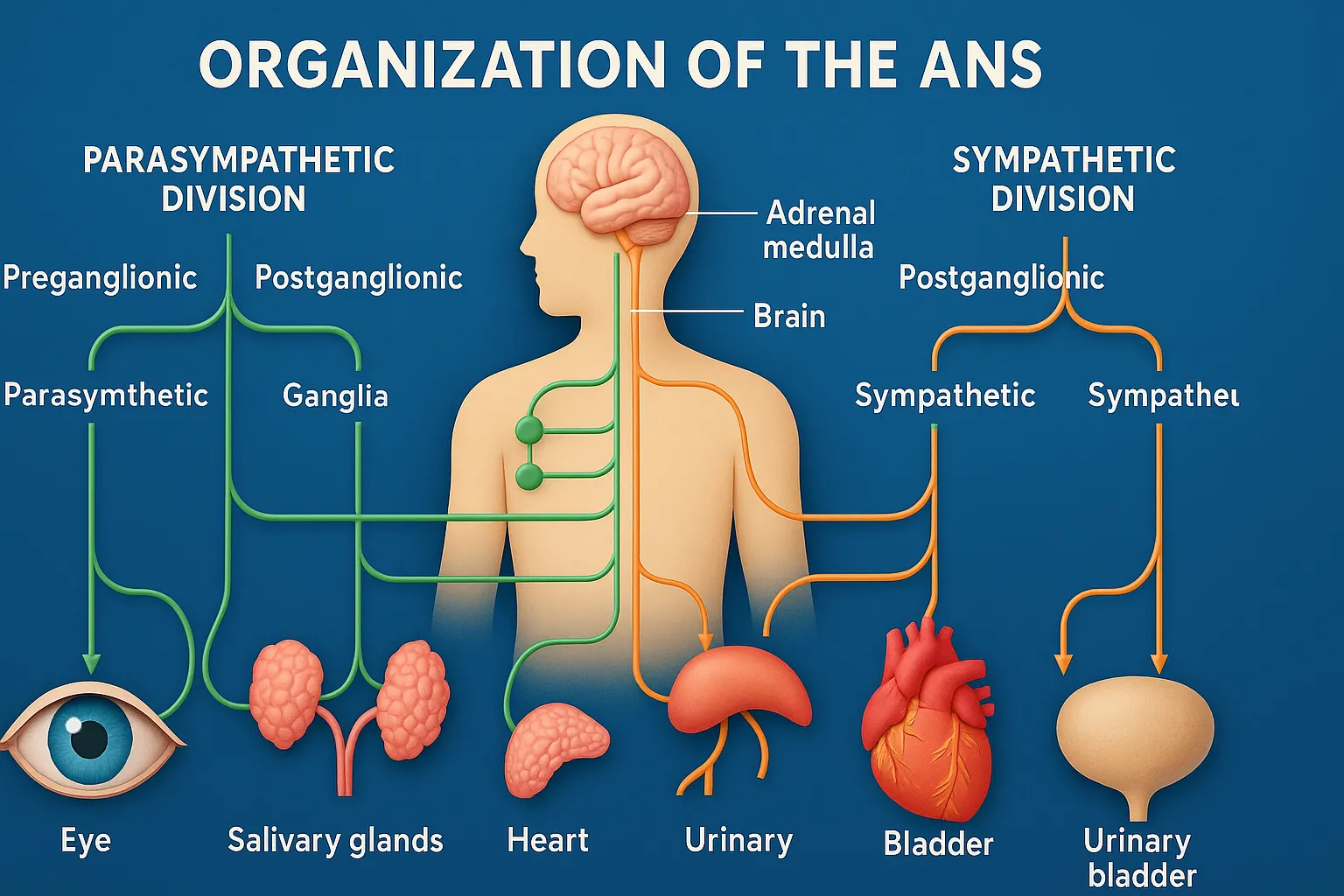Neuromuscular Blocking Agents (NMBAs)
Neuromuscular blocking agents cause muscle relaxation by blocking transmission at neuromuscular junctions. Neuromuscular Blocking Agents (NMBAs) These are drugs that interfere with transmission of nerve impulses at the neuromuscular junction (NMJ). They cause paralysis of skeletal muscles by blocking the action of acetylcholine (ACh), the neurotransmitter that mediates nerve impulses to muscles. They do not … Read more

